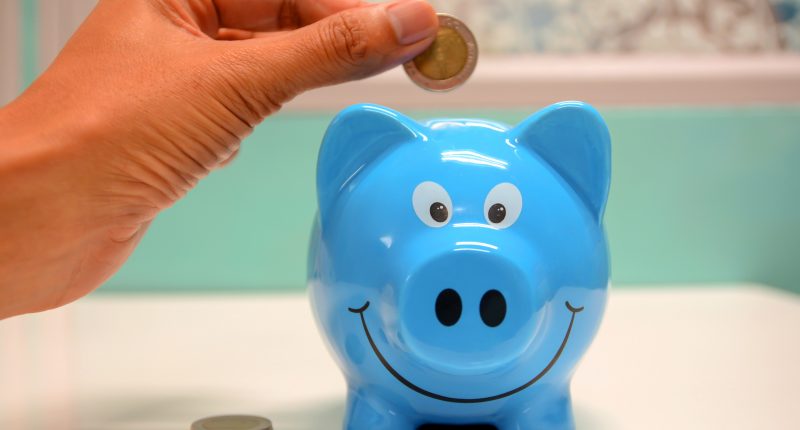So, What is Emergency Fund? As the name “emergency fund” suggests, it’s the money that is kept separately from the monthly budget plan so that individuals can use it in times of unplanned & unexpected financial difficulties and not for meeting their routine expenses.
The purpose of an emergency fund is to improve financial security by creating an essential amount of money that can be used to meet unanticipated expenses, such as an illness or major home repairs.
Why do you need an emergency fund?
Emergency funds create a cash reserve that could keep you out of debt in a time of need without having to rely on credit cards or high-interest loans. It can be especially important to have an emergency fund if you have debt because it can help you avoid borrowing more.
“One of the first steps in climbing out of debt is to give yourself a way not to go further into debt.”

How much do you need?
Short answer: Try to set aside at least a month’s fixed expenses, and work your way up to half a year’s worth of expenses.
Long answer: The right amount for you depends on your financial circumstances, but a good thumb the rule regarding emergency fund is to have enough to cover up to three to six months’ worth of living expenses.
In times of unfortunate incidents (like you do lose your job), you could use the money to pay for necessities while you find a new one or the funds could help when a hospital emergency comes. Start small, but what is more important is to start.
Having even one month of fixed expenses saved can get you out of many financial difficulties. Put something away now, and build your fund over time.
Emergency fund calculator
You can start by building an emergency fund by keeping a track of your monthly living expenses. Then, you can calculate it for three or six months of amount.
- Monthly rent
- Monthly utility payments (gas, electric, water, garbage)
- Monthly telecom payments (phone, cable, and internet)
- Monthly insurance payments (car, health, and home)
- Monthly transportation costs (car payment, fuel charge, public transit)
- Monthly debt payments (credit cards,non deferment loans payment)
- Monthly grocery expenses
- Miscellaneous
After calculating your optimal personal emergency fund, ask yourself ‘Are you able to save this amount? or not ?’. if yes, we can set up a Strategy for creating funds. if you cant save this amount, then you should cut corners to make it possible.
How do you build it?
There are different strategies to get your savings started. These strategies cover a range of situations, including if you have a limited ability to save or if your pay tends to fluctuate. It may be that you could use all of these strategies, but if you have a limited ability to save, managing your cash flow or putting away a portion of your tax refund are the easiest ways to get started.
These are different types of Strategies for creating the Emergency fund.
- Strategy 1: Create a savings habit
- Strategy 2: Manage your cash flow
- Strategy 3: Take advantage of one-time opportunities to save
- Strategy 4: Make your savings automatic
- Strategy 5: Save through work
We will discuss the above Strategies in detail in the following article.










4 comments
Good information
Glad that you liked the blog 🙂